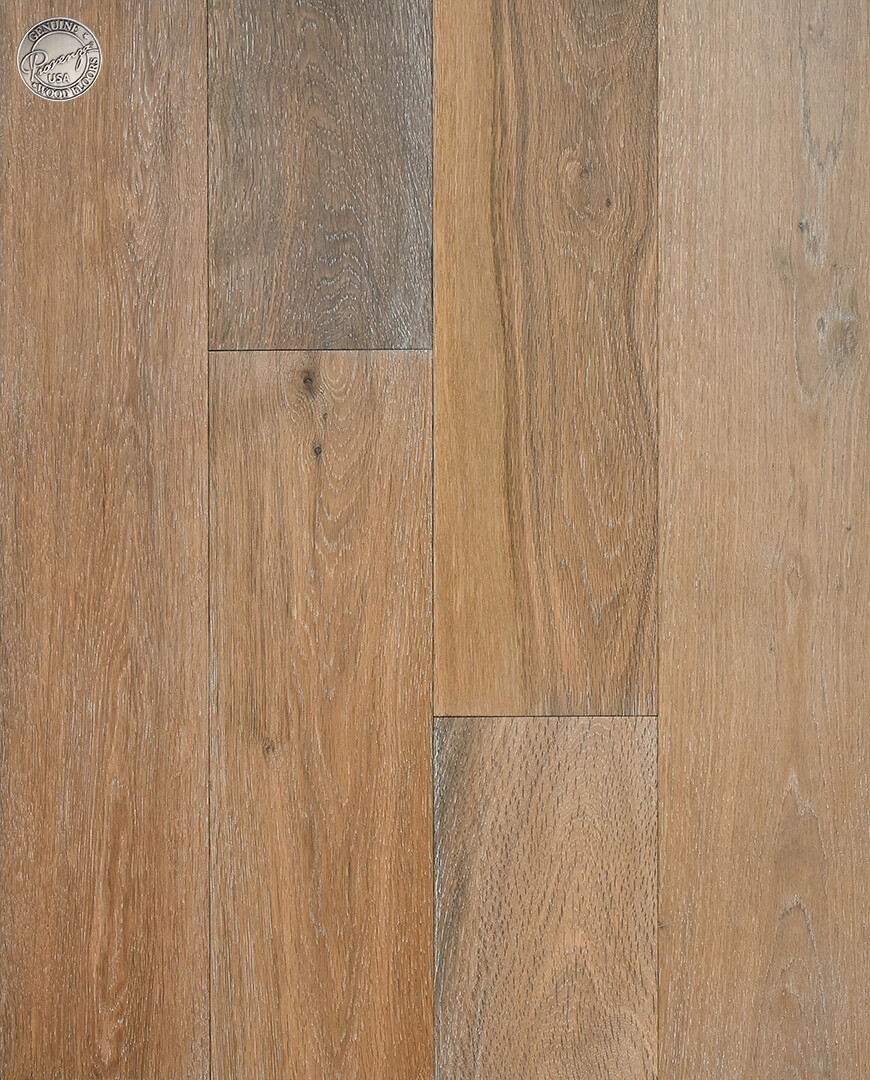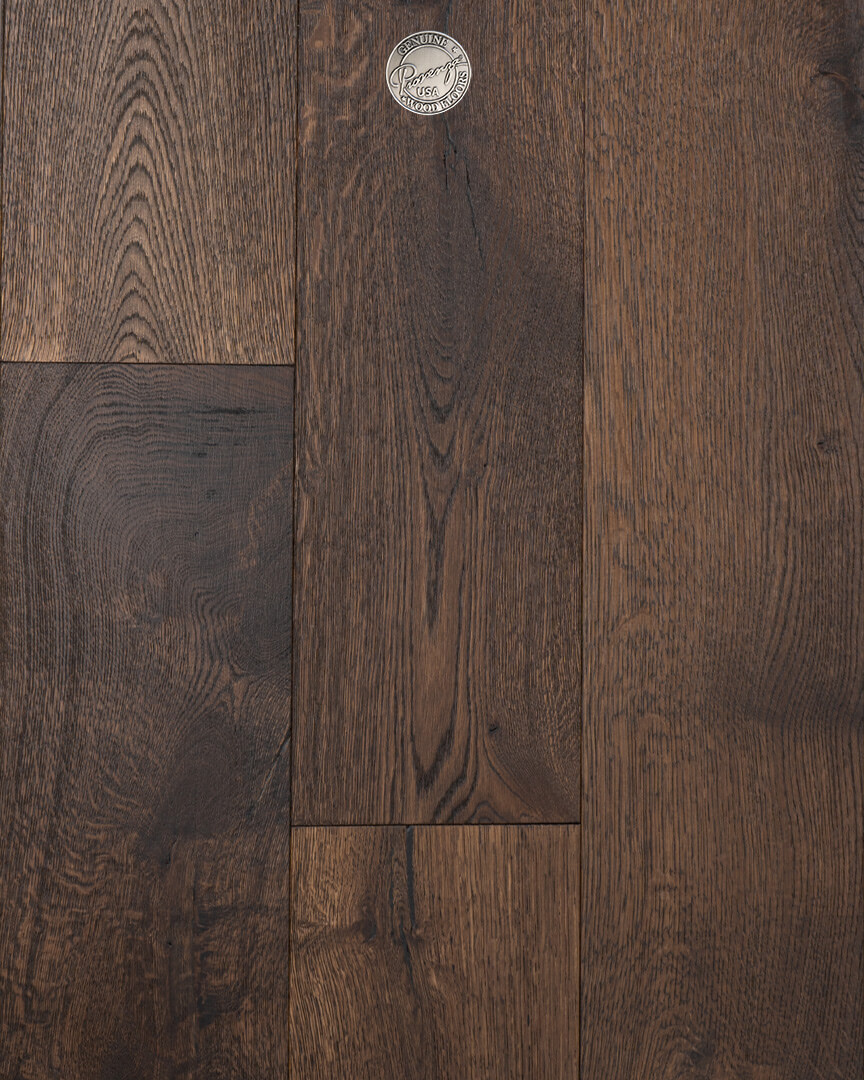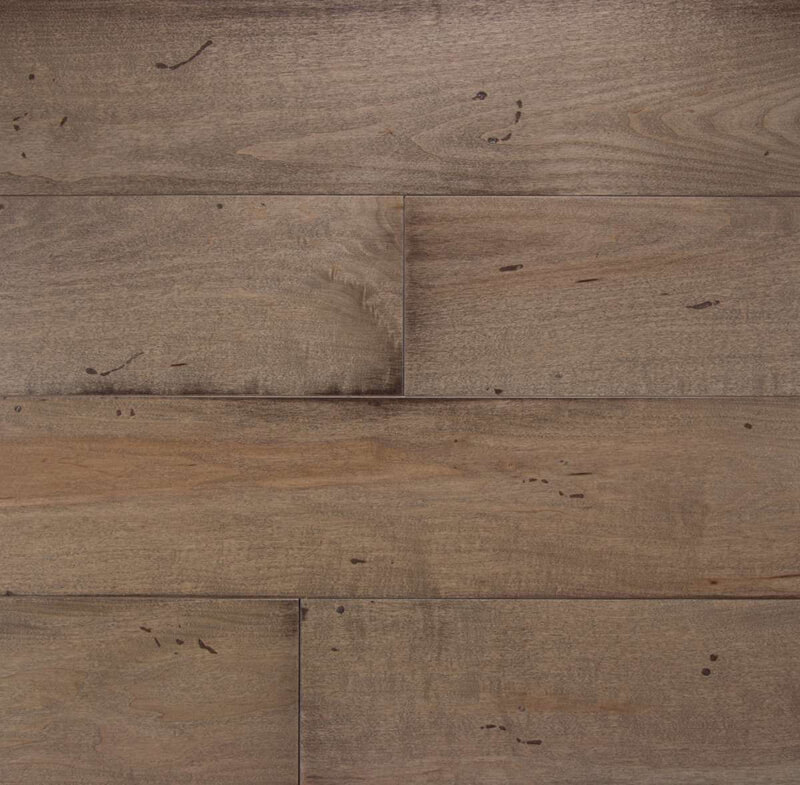
Most of the engineered boards come pre finished, oil or lacquer, though the higher end luxury/exotic veneers are often left bare for finishing after laying. These are excellent value and can look great, but won’t be as durable in the long run. Laid straight to joists (this is true of most solid wood floors as well) ifĪt the cheaper end of the spectrum are boards made of softwood block board with a thinner (2mm+) veneer on top. With the floors floating, glue together, glue down, hidden nail. It’s this cross laminated structure (you could call an engineered floorĪ laminate floor, but they are generally regarded separately) that gives youīoards can cost more than their solid wood equivalent. The best are a birch ply with a decent (4mm+) wear strip of the chosen hardwood Varying qualities of engineered flooring and this is reflected in the price. Especially for boats where stability is a factor. Solid wood can be unstable (boards may expandīamboo.Can be quite economic, some oak boards are.

Generally good durability (less so softwoods).Glue in the grooves will stick the wholeįloor together in to a large floating raft. Ways though I would tend to opt for a floating floor to allow for instability Bamboo should perhaps be included here, but I will cover it separately.įlooring then this will likely be tongue and groove. Be aware this is a more skilled and labour intensive way to do flooring than buying a pre prepared ‘off shelf’ product. We have done some lovely reclaimed floorboard floors. Exotic species quickly get very expensive, though not as. Prices can be as little as £20psm but can also be over £100! Oak is popular and readily available. I rarely use solid wood, for reasons I will cover, but it can be very beautiful. Thin structure is unforgiving on an uneven subfloorĬonsidered by some to be the height of quality flooring, and indeed it can be.Generally can only be laid as a ‘floating floor’.Soak up water and the cardboard/mdf base will swell and distort.It is not something I have ever laid in a proffesional capacity so I have no photos of what we have laid, however there was laminate on a job where we made some gorgeous reclaimed wood doors. If you are doing a ‘floating floor’, which most of these would be, then you need to have a reasonably flat and level sub-floor. Most are use a click together system for laying. Typically the cheap laminates are carboard with a printed wood effect on top. It is a multi layered synthetic product and has a low to middling level of durability. Laid well it can look pretty convincing and there are a wide range of laminate floors available to mimic all popular styles. Starting at around £10psm this is also a pretty economic choice. Our cupboard doors, laminate was laid by another company Not much structure to it, subfloor needs to be good.It’s not cheap, but if you can lay it yourself then labour may balance that out. I did find the click lock on the product I was fiddly at times, though this can be true of other click products. Very durable and easy to lay, I’ve laid out once and it seemed decent. It’s a multi layered vinyl flooring with a high definition photo print on the top to look like stone, timber etc. Increasingly popular Kardean flooring, this was featuring on various boats at Crick in 2018. If you cut it too small when laying it is impossible to undo.We’ve used it on a couple of jobs, not my favourite thing to work with but it has it’s place You’ll need a decent subfloor as vinyl brings little to the table in structural terms, but it’s very easy to lay (measure twice cut once though!) and gives a good waterproof layer. Hard to beat on price, comes in all sorts of finishes and if you can get an offcut (good for the small areas found in boats particularly) then you can get a real bargain. We’ll look at this in the DIY tips and tricks flooring post

It may also be that some work to level this subfloor is required before laying the finished floor. ground floor/first floor) this is will impact the type of underlay. This will go on top of you subfloor which may be solid or suspended. This may have thermal or acoustic properties, or may simply be a vapour barrier. Most flooring suppliers will tell you what underlay you require to go with the product you are using.

I’ll go through some of the common types and why you might want to use,Ī quick thought about subfloor and underlay is probably worth a paragraph, before we move on. Or that, that they’d never lay vinyl or that there’s no point spending £100psm People will swear blind that you should use this A wide range of flooring available now, retailing at anywhere from £5psm (per


 0 kommentar(er)
0 kommentar(er)
